
Calvin Tells It Like It Is, Folks.
I don’t do New Year’s Resolutions. I’m just not goal-oriented enough to care.
But, I also realize the value of turning a new leaf, of making steps towards living the life we care about. I know the value of repentance.
In honor of Change For the Better and the New Year, I thought I’d spend at least one post talking about how we can all make changes in our diet for the better.
If you’re familiar with my philosophy of Real Food (go read The Basics and related articles for the lowdown), then you know that making these kind of healthful and sustainable food choices in our modern industrialized food culture can be difficult. More than difficult. Sometimes, it can seem overwhelmingly impossible.
What if fresh, local, organic produce is an impossibility where you live? What if raw milk is against the law? What if you can’t grind your own grain to make wholesome sprouted grain flours? What if your finances just can’t flex enough to afford to make all these changes at once?
What should you prioritize?
First, let’s all give a round of applause for Baby Steps. (Bob would be proud.) Any changes you can make, no matter how small, do make a difference. They set you on the path towards your ultimate goals.
Next, let’s talk about about goal-setting. Because this isn’t in my nature, it’s something I’ve had to learn. I’m not a life coach or guru, but I can tell you this: instead of setting large goals, set smaller, more specific and manageable ones. Instead of planning to “eat healthier,” plan to switch to only sprouted, soaked, or fermented grain products. Instead of planning to “get more exercise,” plan to get 30 minutes of aerobic exercise, 3 times a week. You get the idea.
Now, let’s talk about priorities. For this, you should focus on what is actually within your capabilities.
To begin with, most of us can give up packaged foods and still eat. It will not only force us to eat healthier, but it will actually save us money. That’s as good a place as any to start.
Next, most of us can increase our intake of fruits and vegetables and eat more raw and fermented foods. A good beginner’s goal is to have at least half of your diet be raw or fermented. Don’t worry; you can work on going above and beyond this once you’re in the habit of thinking about your food this way. And remember, this will not only be healthful, but will actually save you money AND time. (Think of all the food you don’t have to cook if you’re eating it raw.)
Now, what about the trickier, more expensive stuff?
If you don’t have a grain grinder and can’t afford one, you have two options: borrow one, or do without. Is it possible that someone you know has one and would let you use it? If you must do without, perhaps you could make it a goal to buy only sprouted-grain breads from the grocery store and plan on soaking all your store bought flour overnight before cooking with it.
If you can’t legally buy raw milk within your state, or your only supplier is hours away, perhaps you could at least focus on buying organic milk. And if you can’t even afford the cost of organic milk, perhaps you could at least only buy milk that’s labeled “growth-hormone free.” There are a number of major milk distributors who have eliminated rGBH milk from their suppliers and proudly advertise the fact on their labels.
And what about fresh, organic vegetables? What if you’re nowhere near a CSA (community supported farm) or farmer’s market and your grocery store produce leaves much to be desired?
First, I’d encourage you to visit the Real Food Resources page and follow the links to find local sources of organic veggies, as well as pastured meat, poultry, and dairy products. You may actually be surprised by what’s near you.
Now, if that search leaves you empty-handed, then you can do what I did for a while when I was in a financial pickle. I chose to buy organic whenever possible, but to focus first and foremost on those vegetables and fruits which were the most contaminated with pesticides or the most likely to be genetically modified.
 |

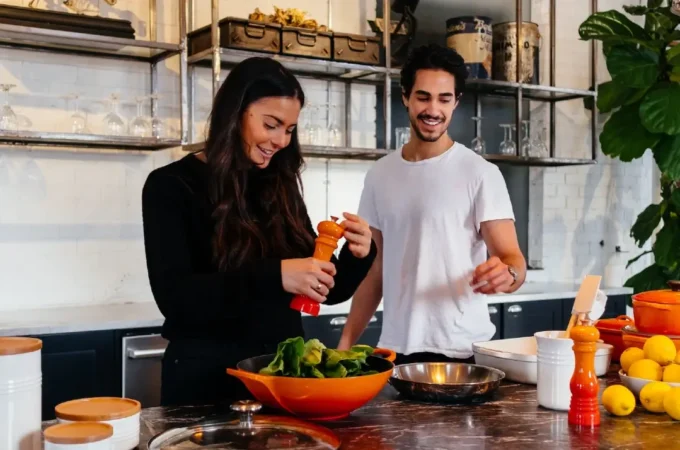

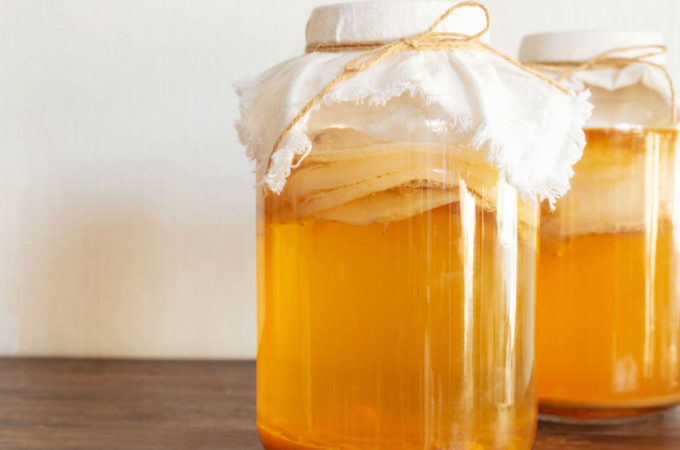
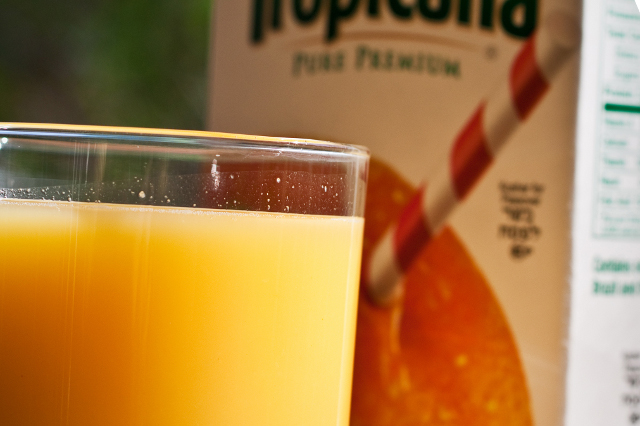
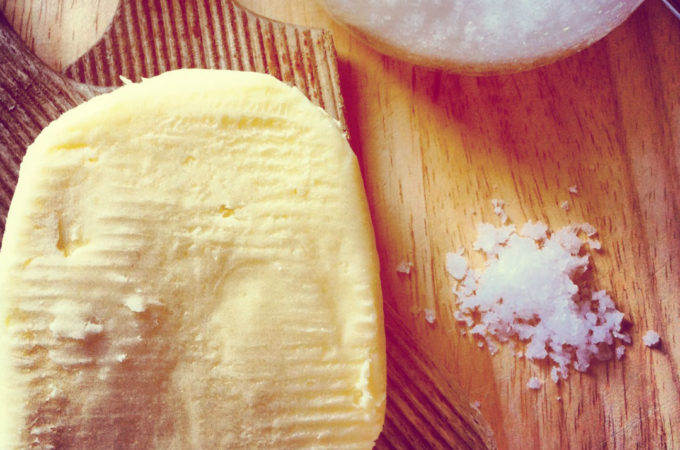
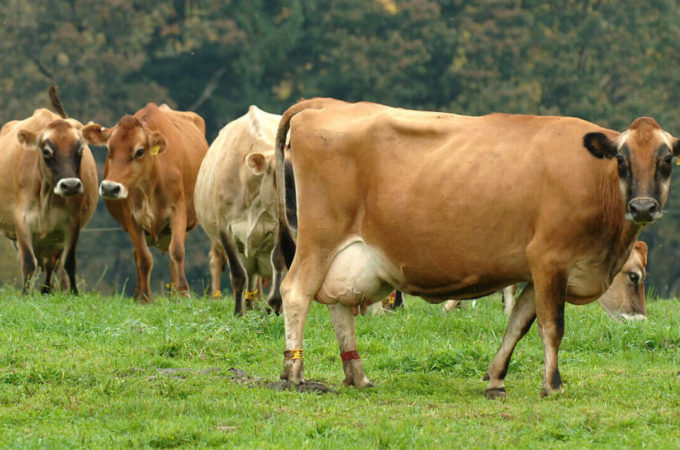

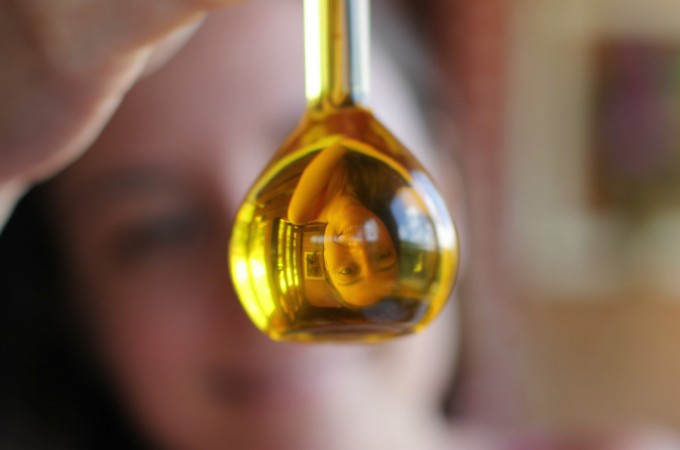
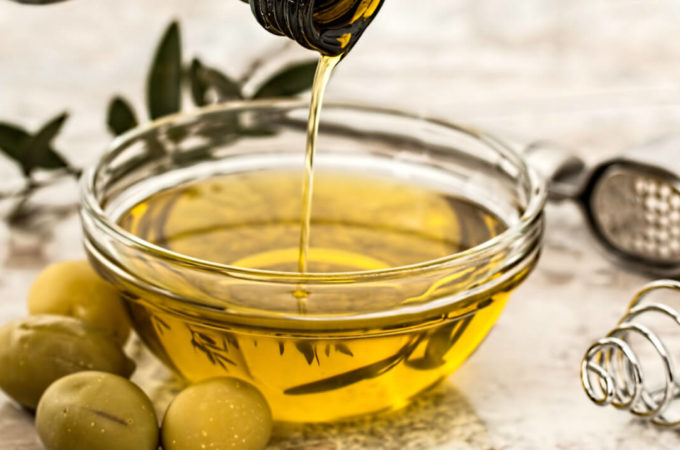
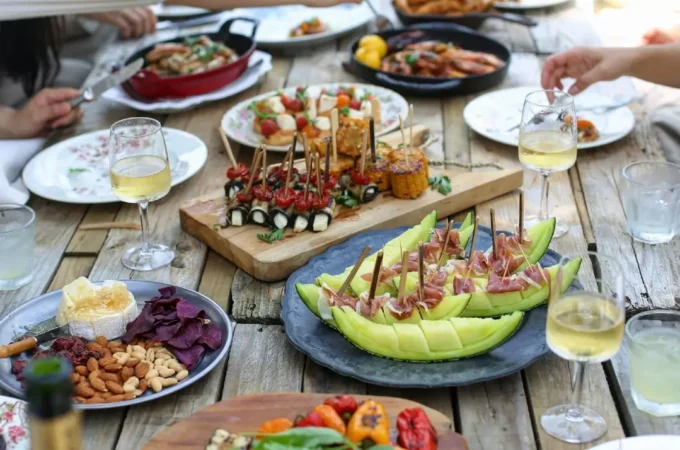
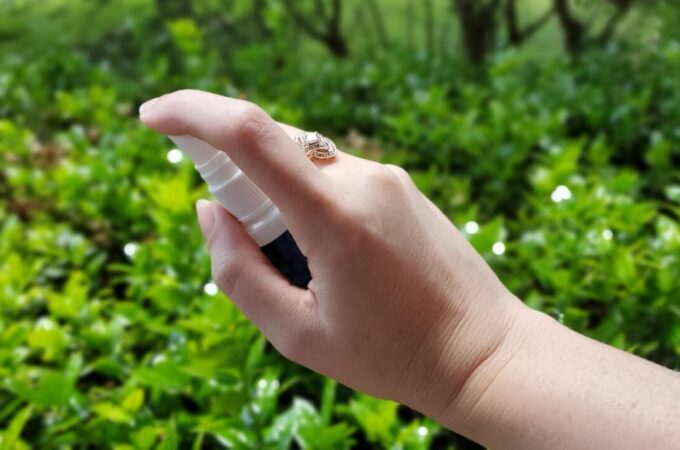
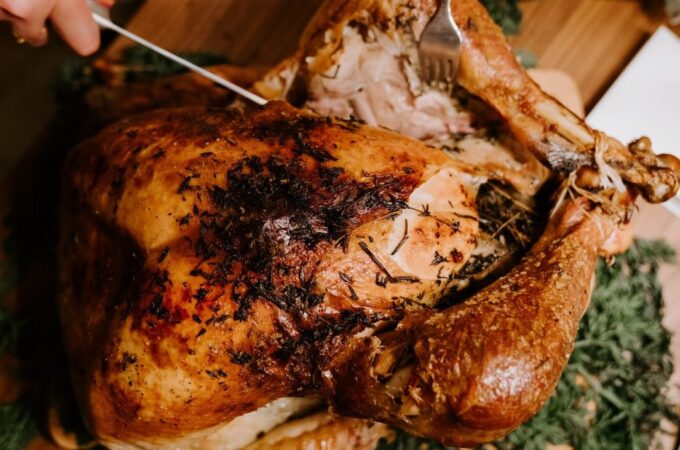

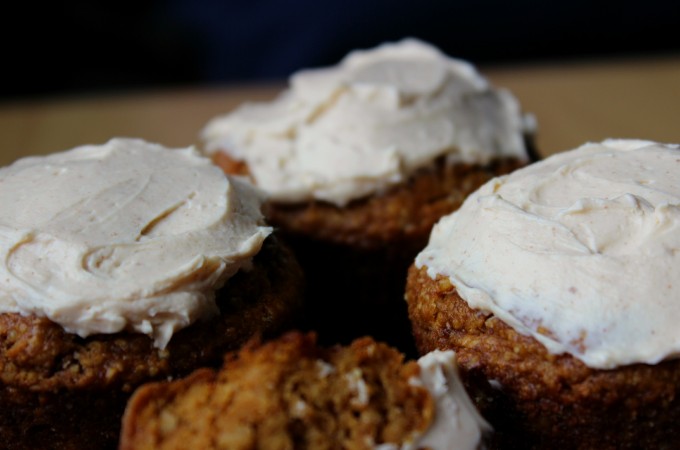
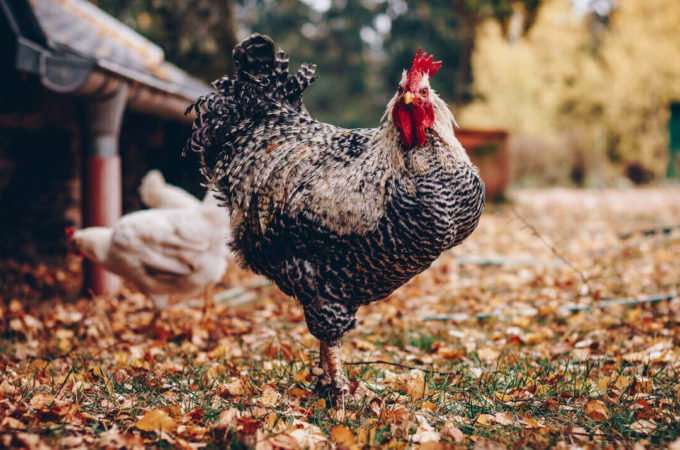
I